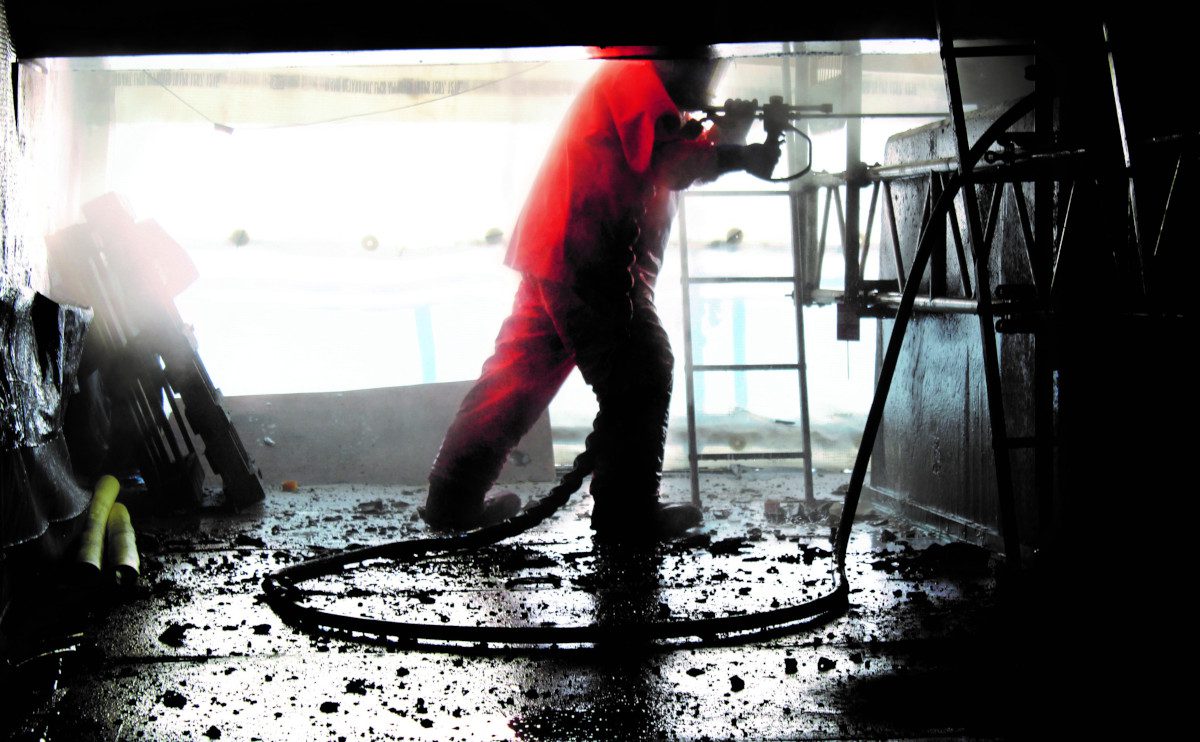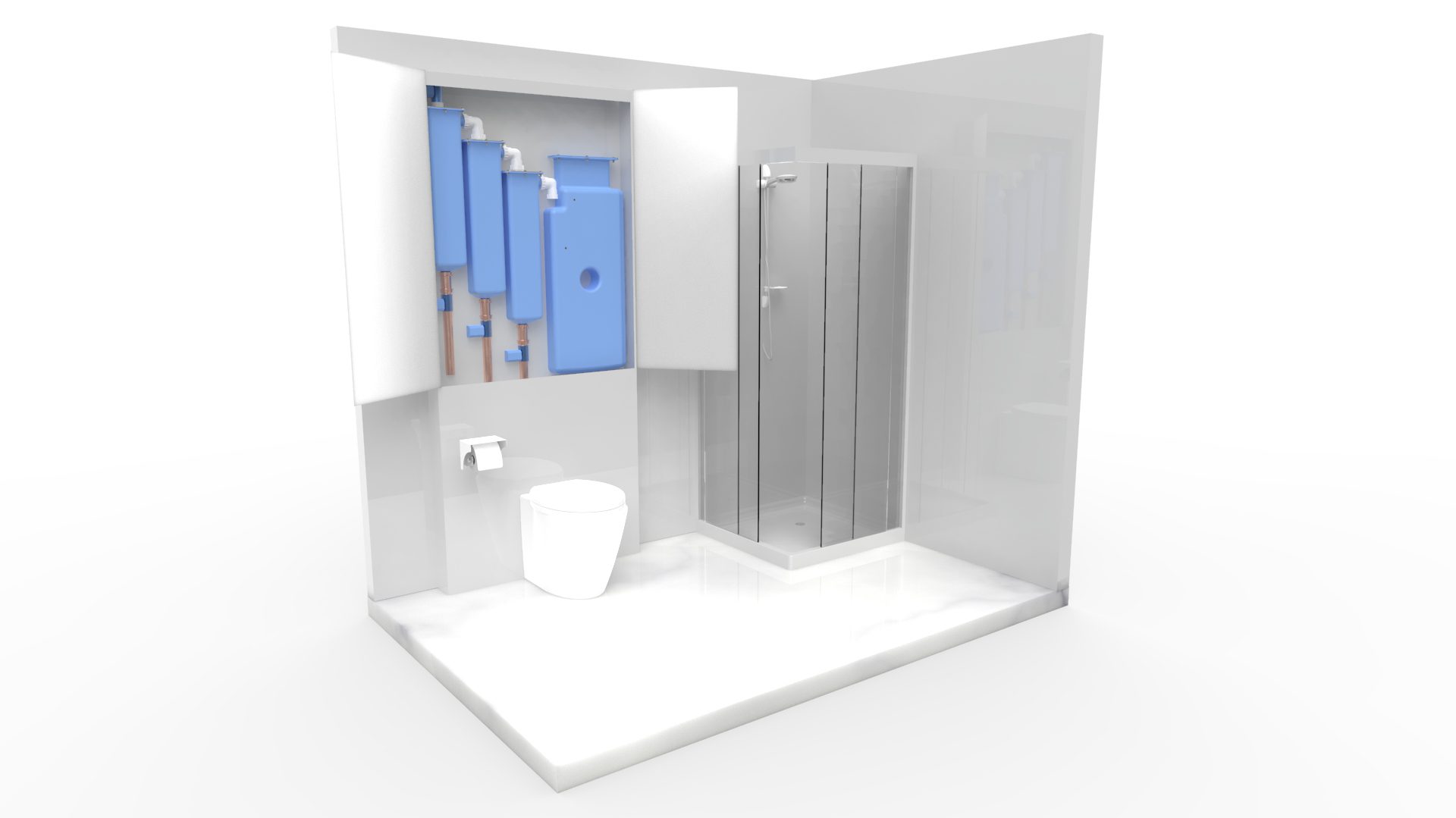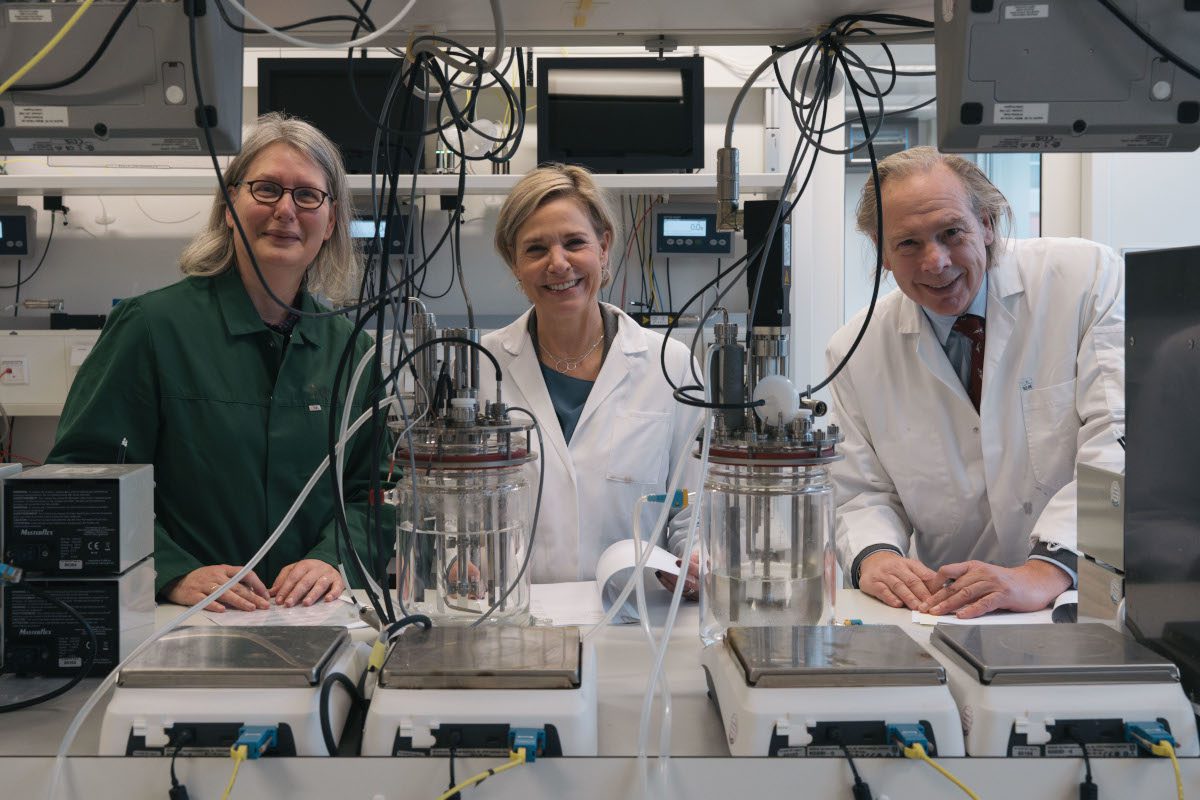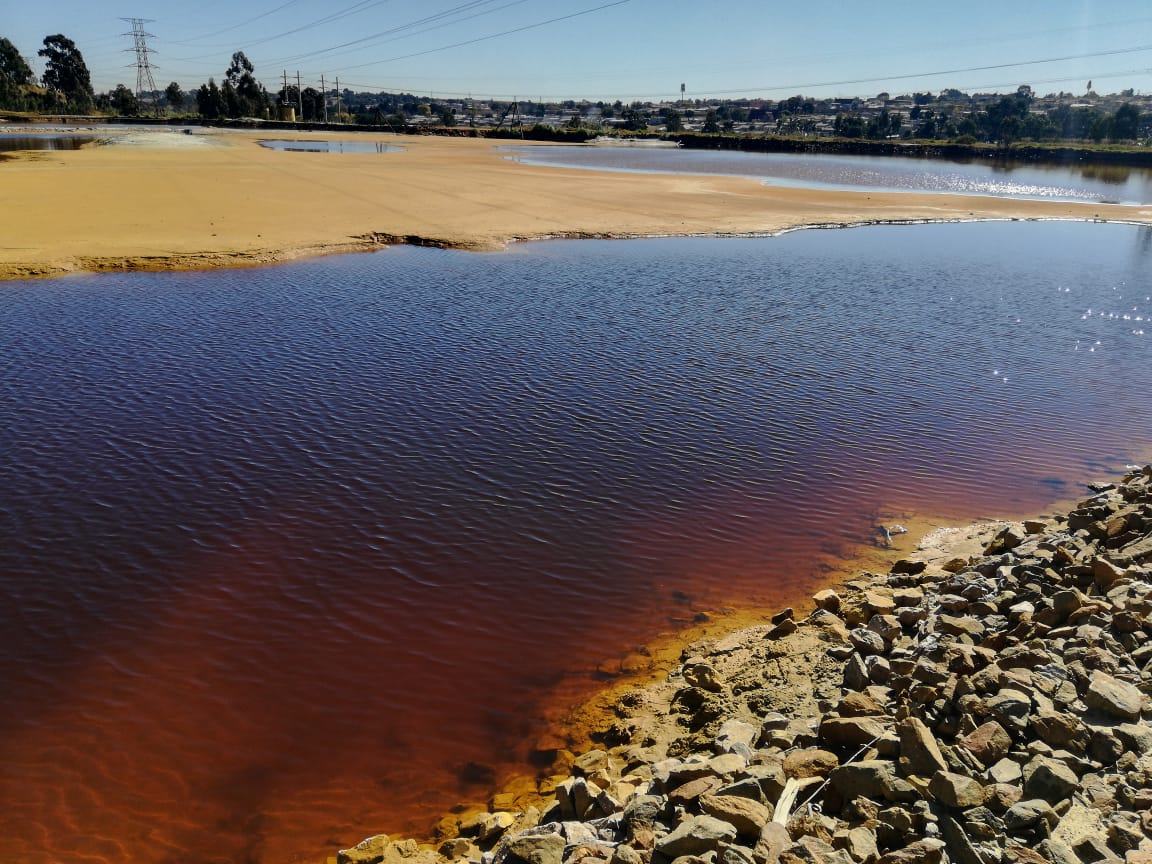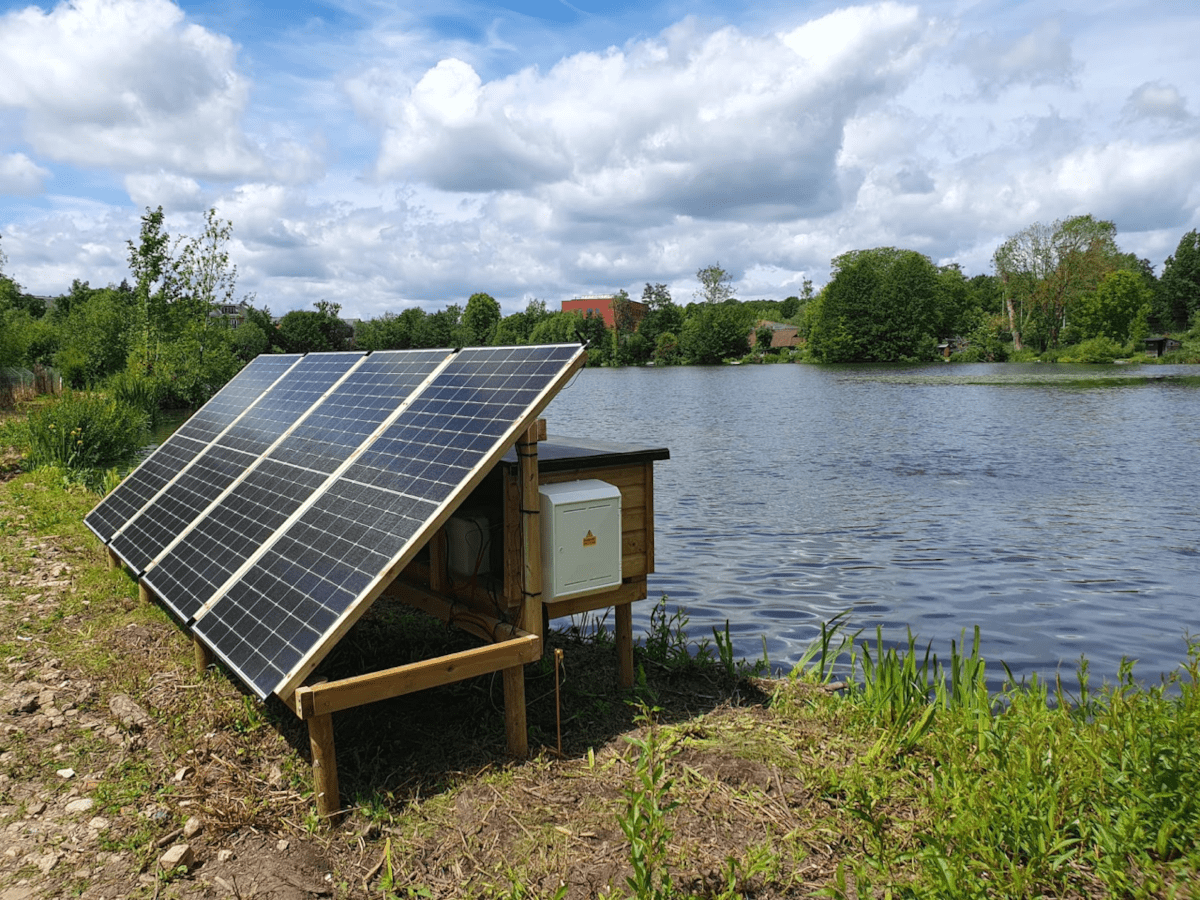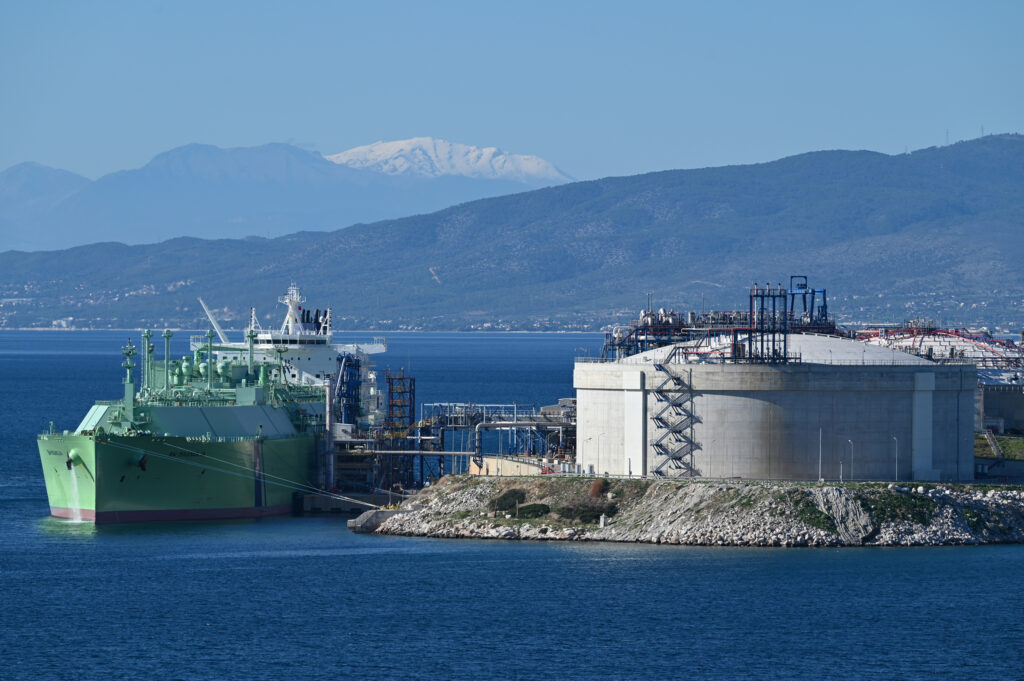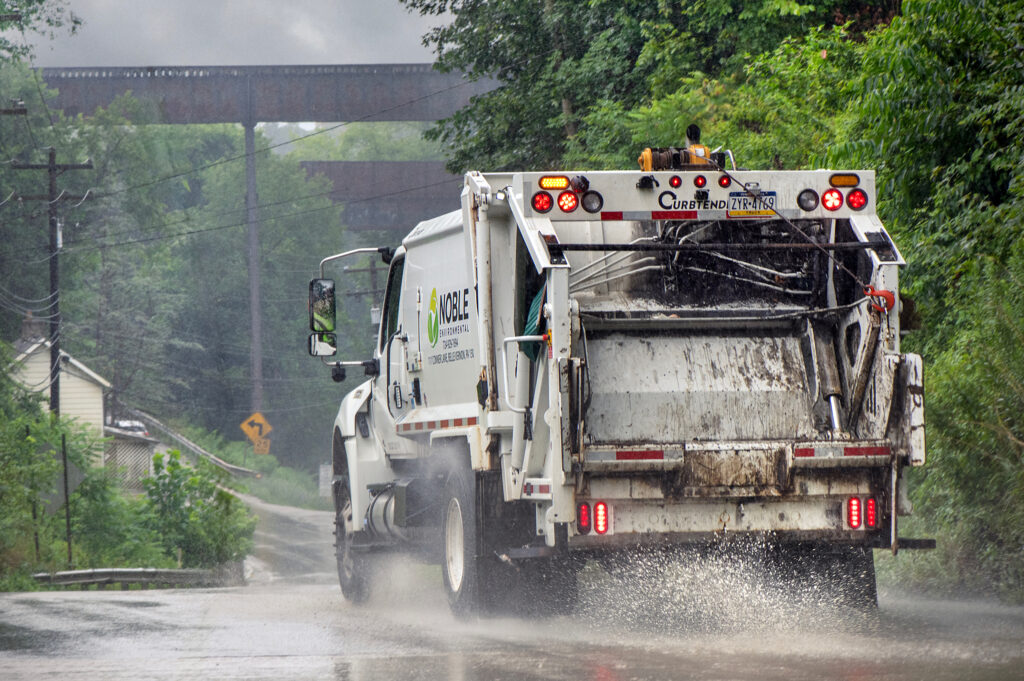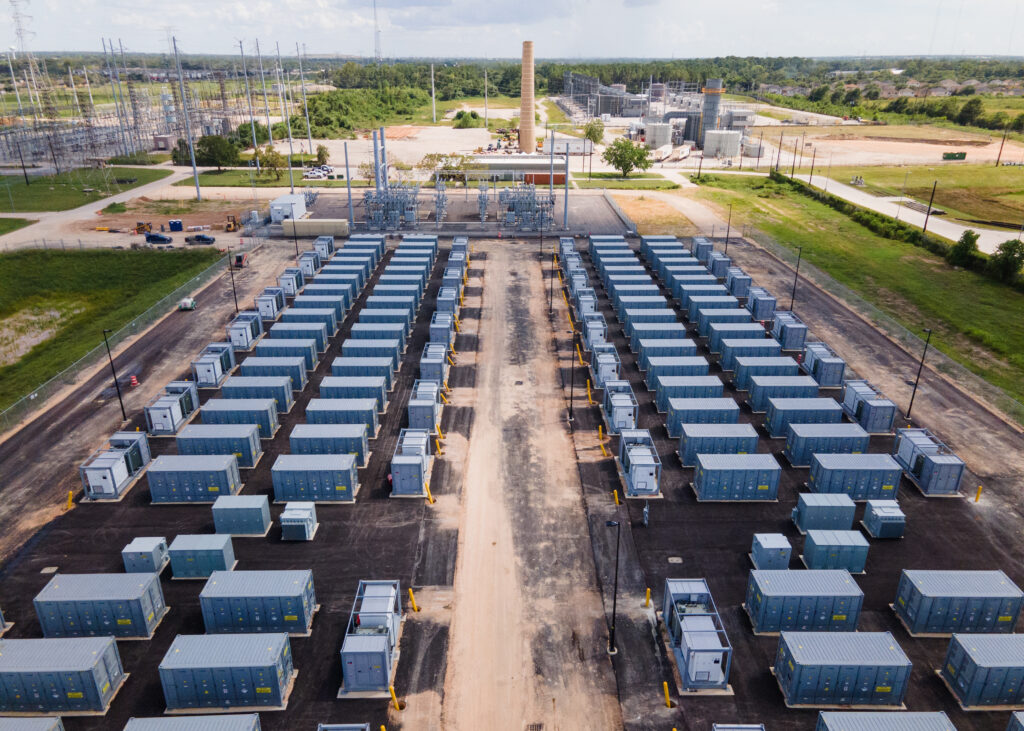For the last nine years, Severn Trent Services, has managed a contract for mine water treatment across the Coal Authority estate, including 73 mine water treatment schemes in England, Scotland and Wales. These schemes take the form of three types: passive, pumped-passive and active. Water levels are one of the elements monitored closely at these sites, which have approximately 600 monitoring points. The majority of the readings are obtained manually with dip tapes, and by utilising loggers, around 125 of which are OTT ecoLog water level loggers.
At most sites, mine water is pumped to a treatment facility which employs oxygenation, filtration and sedimentation to raise the quality of the water in compliance with discharge consents.
“Mine water from legacy coal mines is treated at many of these sites utilising settlement lagoons and reed beds,” explains Oren Environmental’s Data & Reporting Manager Paul Robinson. “The effective management of these resources is heavily dependent on reliable data including water level measurements, and we have been using OTT instruments to support this since 2016. With the benefit of water level data, we can ensure that the flow of water through the lagoons and reedbeds maximises effective treatment before water is discharged to watercourse.
“One of the additional capabilities of the loggers is to create alarms and this is something we are investigating for future use,” Paul explains.
“In addition to the older ecoLog 500’s and the newer ecoLog 1000’s, we also utilise five ecoLog 800’s to collect and monitor conductivity measurements. Conductivity data can be used to assess the quality of water by identifying minerals etc. that are present in the water.”
Where the ecoLogs are deployed in surface water weirs, the level measurements are translated into flow, which further informs the management of the treatment process.
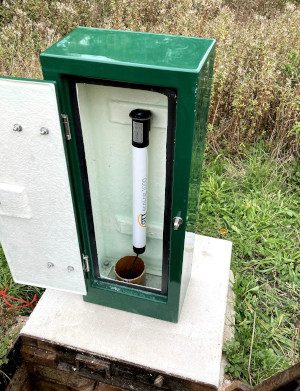

Many of the original water level loggers were ecoLog 500 devices, some of which are still in operation. However, these are being gradually replaced by ecoLog 1000 instruments. “The ecoLog 1000 has an extremely advantageous feature,” Paul explains. “Data from the older units was collected using a USB cable, however the newer instruments have Bluetooth connectivity, which means that our operators can connect more quickly and in adverse weather. Where possible, they can also drive close to the logger and communicate wirelessly with a smartphone or laptop from their vehicle.”
The ecoLog 1000 is an all-in-one instrument, including a water level sensor, a logger, and a built-in modem. It requires no additional tools for maintenance or battery replacement, and has been designed for long-term, unattended monitoring in challenging conditions. Key features therefore include extremely low-power operation including Bluetooth Low Energy, as well as a rugged stainless steel pressure probe housing and a ceramic temperature compensated sensor. Typically, remote connectivity is achieved via cellular network LTE-M (Cat-M1).
Force Crag Mine in the Lake District is a good example of an extremely remote former mine with challenging environmental conditions. Cellular coverage is very limited on-site, so OTT built a local network which transmits water level data via radio to two loggers located in a higher position. Data from these loggers are then transmitted regularly to Oren’s FTP Server.
Mining commenced at Force Crag in 1835, and it became the last working metal mine (zinc, lead and barytes) in the Lake District, prior to its final closure in 1991. Metal pollution (zinc, cadmium and lead) from the mine polluted the Coledale Beck, a tributary of the River Derwent and Bassenthwaite Lake Special Area of Conservation.
The Coal Authority, working in partnership with the Environment Agency, Newcastle University and the National Trust, devised an innovative passive mine water treatment scheme to reduce the levels of metal pollution entering the river. The scheme, which officially opened in 2015, diverts water from the Level 1 adit (horizontal passage to an underground mine) and routes it through a buried transfer pipe to two vertical flow ponds for treatment.
The ponds were built using the existing bunding of the former mining tailings lagoon, lined with a geomembrane, and filled with a compost treatment mix. Water is fed into the ponds, where it flows down through the compost and passes into a wetland, planted with soft rushes. The wetland filters any remaining solids and oxygenates the water prior to discharge into the Coledale Beck.
“Each site presents its own challenges,” Paul Robinson explains. “Many are in remote areas and in different environments, so we do our best to ensure we maximise the equipment to hand such as the OTT ecoLogs.” Looking forward, he says: “Remote telemetry is particularly advantageous, because it provides access to more frequent data than manual dips due to the schedule of visits that we work to.”



